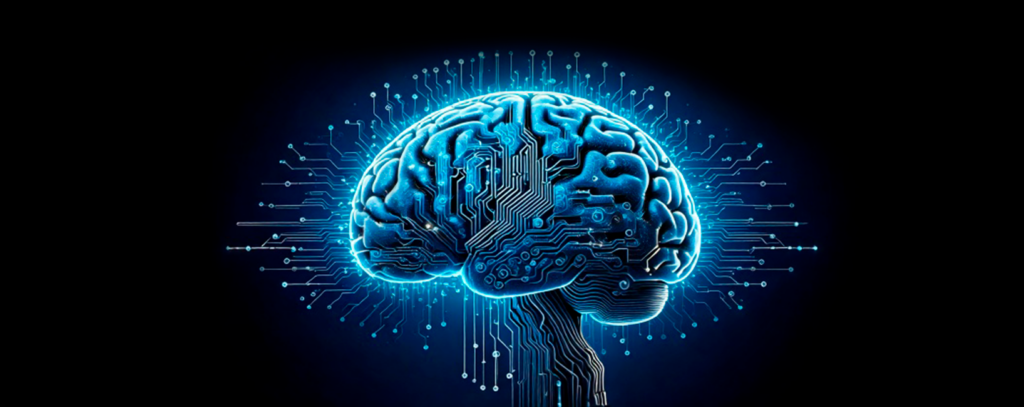In the world of construction, infrastructure, and climate tech, the project lifecycle is a foundational framework that spans from initial concept to long-term asset management. It is typically divided into five critical phases: design, planning, construction, operation, and maintenance. Each of these stages presents unique challenges, ranging from resource allocation and scheduling to environmental impact and system efficiency.
In the nascent stages of machine learning, there was Moravec’s Paradox, an idea that in retrospect seems quite naive: it was thought that machines would struggle more with logical and computational tasks (like those used in structural design or resource optimization) than with skills that humans find “easy,” such as recognizing visual patterns on a construction site or understanding the complexities of a team conversation. As it turned out, computers quickly mastered the former, while the latter, incredibly complex computationally, posed a much greater challenge.
This paradox reminds us that, even in a sector as structured as construction, true innovation lies not just in automating what we already know how to do, but in the machines’ ability to “understand” and adapt to the complexities of the real world, where every brick and every decision has multiple implications. Today, machine learning allows us to optimize planning with complex algorithms and, at the same time, analyze drone images to monitor progress or predict infrastructure failures, tackling those very challenges Moravec’s Paradox taught us to underestimate.
Table of Contents
The Project Lifecycle and the Role of Machine Learning
As the industry faces increasing pressure to deliver smarter, greener, and faster projects, Machine Learning (ML) is quickly becoming a transformative tool. ML, a subset of artificial intelligence, enables systems to learn from large volumes of data and make accurate predictions without being explicitly programmed. In construction and cleantech, this means optimizing timelines, minimizing waste, and proactively anticipating system failures before they occur.
AI and machine learning could generate $1.2 trillion in annual savings for the global construction industry by 2030, largely by enhancing productivity, minimizing delays, and improving asset performance
Rather than relying solely on past experiences or manual processes, forward-thinking startups and contractors are increasingly turning to data-driven decision-making across the entire project lifecycle.
In this article, we’ll explore five high-impact applications of Machine Learning across each stage of a project’s lifecycle, and how these innovations are reshaping the future of construction and sustainability.
Smart Design and Architectural Optimization
The design & planning phases are where key decisions are made that influence the cost, efficiency, and sustainability of a project. Machine Learning algorithms, especially those in the generative design field, allow architects and engineers to explore thousands of design permutations in seconds, optimizing layouts for energy performance, material usage, and cost.
Additionally, Machine Learning is being used to evaluate materials and construction techniques, identifying those with the lowest carbon footprint. According to the World Green Building Council, the building and construction sector accounts for 39% of global CO₂ emissions, highlighting the urgent need for intelligent design.
By integrating ML in early design decisions, firms can significantly reduce embodied carbon, improve energy efficiency simulations, and comply with environmental certifications more easily.

Real-Time Construction Management
The construction phase is often where projects face the most volatility, weather, labor, materials, and logistics all contribute to unpredictability. Here, Machine Learning, combined with computer vision and IoT sensors, provides powerful real-time insights that help project managers stay ahead of risks.
Through camera feeds, drones, and LIDAR scanning, ML models can identify deviations from plans, detect safety risks, and predict delays or equipment failures before they occur.
According to a study by Deloitte, AI-powered solutions can reduce construction delays by up to 15% by proactively addressing errors in scheduling, planning, or execution.
Data-Driven Operational Efficiency
Once a project is completed, the focus shifts to ensuring efficient and sustainable operation of the asset, be it a building, energy plant, or urban infrastructure. Here, Machine Learning offers a continuous optimization loop.
ML algorithms ingest real-time data from IoT-connected systems to automatically regulate consumption, improve comfort, and lower operational costs. This approach is key to achieving net-zero energy goals and complying with green building standards.
For example, smart buildings that implement ML for energy management can reduce energy consumption by up to 30%, according to the International Energy Agency.
Additionally, smart grids powered by ML allow for real-time forecasting of energy demand and supply, improving the reliability and resilience of renewable sources such as wind and solar. Some companies are leading this innovation, providing predictive analytics for grid optimization and asset dispatch.

Predictive Maintenance and Continuous Improvement
The final stage of the lifecycle, maintenance and asset management is where Machine Learning delivers long-term ROI. Instead of scheduled or reactive maintenance, ML enables predictive maintenance: systems that anticipate failures before they happen and recommend the optimal time for intervention.
This is particularly valuable in critical infrastructure, such as solar panels, wind turbines, or large mechanical equipment. ML models trained on sensor data can detect micro-anomalies—vibrations, temperature shifts, voltage drops—that signal degradation long before a breakdown.
According to IBM, predictive maintenance powered by ML can reduce unplanned downtime by up to 50% and cut maintenance costs by 25%.
Startups like SAALG Geomechanics, Concrete Sensors, and Optimitive, backed by Cemex Ventures, are already being adopted across the construction and infrastructure sectors to automate maintenance processes, enhance safety, and extend asset life. These solutions leverage real-time data and machine learning to optimize performance, reduce operational risks, and deliver measurable efficiency gains throughout the asset lifecycle.
In the long term, this translates into lower OPEX, improved system reliability, and enhanced sustainability performance driven by continuous learning from data.
Let’s Connect!
If your startup is innovating with cutting-edge AI or ML and has a vision to disrupt the status quo, get in touch today!

